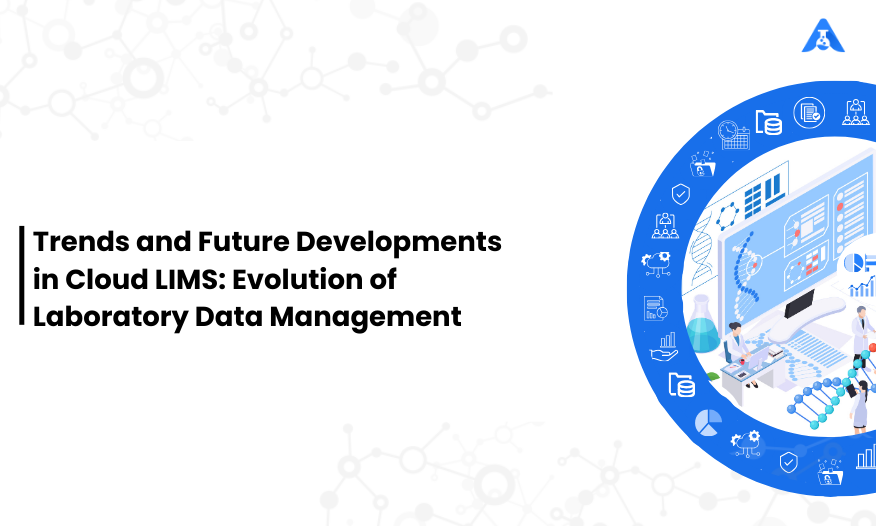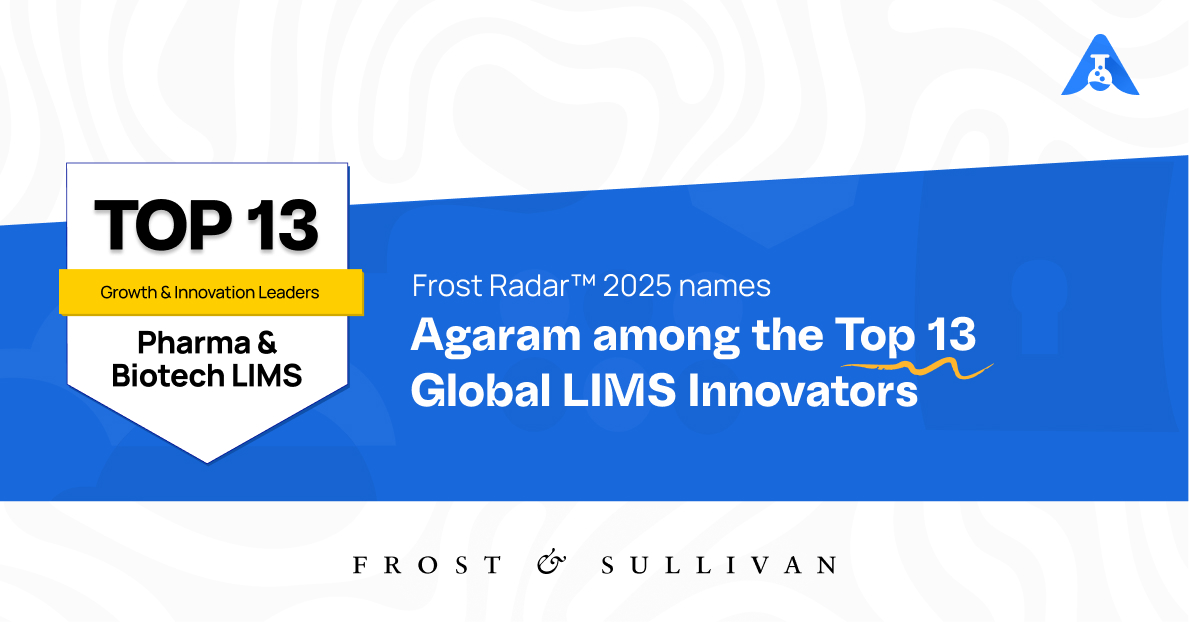A Laboratory Information Management System (LIMS) is software designed to efficiently manage samples and associated data in laboratories. It enables workflow automation, integration with instruments, and centralised access to quality control data. By tracking and managing samples, LIMS improves efficiency and accuracy in producing reliable results. Key tasks supported by LIMS include workflow automation, centralized quality control data storage, compliance support, reagent and lot tracking, instrument run monitoring, initiation of downstream data analysis, and integration with in-lab systems.
Recent trends in the LIMS market include technological advancements like cloud LIMS, artificial intelligence, and predictive analytics, which have streamlined operations, reduced costs, and increased productivity. The growing demand for drug discoveries and research and development activities has also led to increased development, implementation, and adoption of LIMS worldwide. These advancements and trends are driving the future development of LIMS systems.
The following are latest trends and future development in LIMS solutions:
Cloud-based solutions
Most LIMS today are opting for cloud-based storage. Cloud LIMS systems offer extensive lab connectivity across workstations, devices, and data sources, enabling efficient and effective operations. They facilitate scalability and robust system maintenance, allowing for multiple integrations, comprehensive data management, advanced analytics, and more. The adoption of cloud deployments by laboratories is driven by the desire for agility, scalability, cost reduction, and simplified upgrades and maintenance of the system. By leveraging cloud LIMS, laboratories can optimize their IT costs while ensuring seamless scalability and ongoing system enhancements.
Advanced data management systems
LIMS systems empowered with Artificial Intelligence (AI) and Machine Learning (ML) algorithms significantly enhance their value by enabling accurate predictions, improved data aggregation, and effective decision-making. These algorithms simplify complex logic and calculations, allowing managers to make informed decisions based on valuable insights.
In the biopharmaceutical industry, laboratories utilize advanced algorithms to expedite product development, resulting in improved quality and the creation of critical new medicines for patients. Traditionally, pharma manufacturing relied on human intelligence and researchers’ decisions, but now AI has taken over the decision-making process.
By leveraging diverse datasets and previous research input, algorithms propose solutions based on observed patterns. It’s important to note that AI algorithms have the capability to learn from mistakes, contributing to continuous improvement and innovation.
Mobile applications
The development of Mobile LIMS applications will bring significant advancements in lab mobility, both within and outside the lab environment. These applications will provide enhanced ease of use and enable faster operations. Researchers will have the convenience of accessing standard features from anywhere, allowing them to conduct research activities and record findings seamlessly using mobile devices. The introduction of Mobile LIMS applications will revolutionize the way researchers work, providing increased flexibility and accessibility for improved productivity.
Pre-configured LIMS for specific Industries
Operational convenience is of greater importance for industries. Often many industries find the job more complex to switch from tradition and legacy applications to much more advanced LIMS. It makes the job more difficult when outdated processes, workflow configuration and tools that may not support the operations in a lab.
Hence, labs have rapidly moved into the process of looking for pre-configured standard solutions with industry-standard capabilities and best practices. This can reduce the implementation and roll-out periods of new systems, yielding immediate results.
It is always preferred to implement solutions as out-of-box systems. Alternatively, you can hire consultants to find solutions to your industry’s specific requirements. This solution reduces the time of LIMS implementation in a laboratory.
Augmented Reality (AR) & Mixed Reality (MR)
LIMS developers are taking a significant step forward by incorporating Augmented Reality (AR) and Mixed Reality (MR) solutions, alongside existing legacy systems, web, and mobile apps. AR offers the advantage of overlaying interfaces onto the scientists’ and analysts’ field of view, allowing them to seamlessly carry out their work with enhanced effectiveness.
MR, on the other hand, provides eye-level digital information within a mixed reality environment, enabling uninterrupted adherence to standard operating procedures (SOPs) and seamless recording of observations. These advancements in AR and MR within LIMS systems are driving research efficiency and productivity to new heights.
Effective instrument integration & maintenance
Managing instruments in laboratories is essential but mundane, which lab managers must remember. Calibrations and scheduling maintenance can be more comfortable – or automated – with digital systems.
Laboratories using instrument telemetry data can increase uptime by predicting part failures from datasets of the past. This aids in replacing or scheduling maintenance for items reaching the end of life. Users can achieve routine maintenance and support using Augmented Reality technology.
With the advanced LIMS, users can calibrate a device with instructions displayed in Mixed Reality. This eliminates the need of having to find and follow a printed manual.
Integration and collaboration
LIMS revolutionises data management by automating the seamless transfer of data from devices to the system, prompting labs to seek expanded connectivity possibilities. Through LIMS solutions, organizations can achieve extensive connectivity that encompasses individuals, instruments, and software systems, forming a comprehensive ecosystem.
The integration of AI and ML technologies in LIMS enhances collaboration by empowering scientists with data-driven insights, automating routine tasks, fostering interdisciplinary cooperation, and enabling larger-scale collaborations. This synergy between LIMS and AI/ML promotes innovation, accelerates scientific discoveries, and drives progress in research and development efforts.
Improved QA/QC processes
In the future, the landscape of Quality Assurance (QA) and Quality Control (QC) in laboratories will undergo a profound transformation with the integration of Artificial Intelligence (AI) and Machine Learning (ML). Traditional post-process QA and QC will be replaced by a continuous, automated monitoring system that operates throughout every stage of the process. This innovative methodology ensures that errors and mistakes are swiftly identified and corrected at various checkpoints, eliminating the need for subsequent adjustments or delays. Advancements in AI & ML will allow QA inspections to be carried out visually.
Emerging Market Trends
In conclusion, the current market trends in Laboratory Information Management Systems are centered around technological advancements such as cloud computing, artificial intelligence (AI), and predictive analytics.
Incorporating the above-mentioned advancements will further enhance the efficiency, accessibility, and productivity of laboratories. The current market trend of artificial intelligence will inadvertently enter the lab informatics space as well, and those who adopt these advancements first will most certainly benefit from it.





